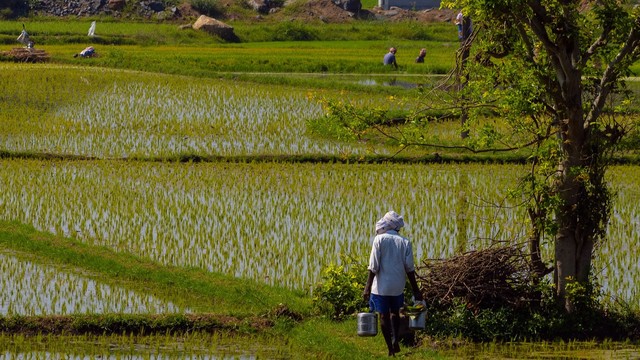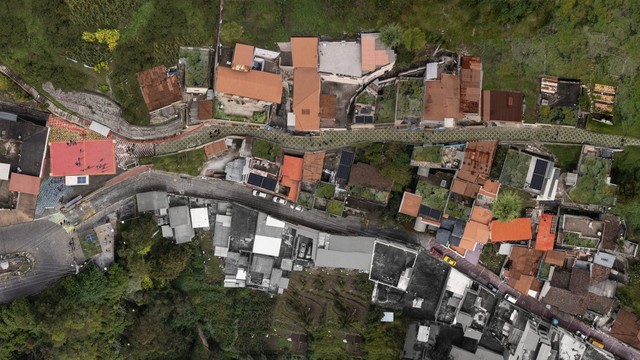Climate change negotiators are still meeting this week in Bonn to try and find a way forward on, amongst many other subjects, climate change mitigation, adaptation and finance. Sources of ‘innovative’ finance, such as taxes on international transport, have been proposed. Might these provide a way to break the deadlock on finance and prove to be sources of significant and stable financing to address the impacts of climate change?
By 2050, the costs of adapting to climate change in developing countries could reach US$100 billion per year, according to the United Nations Development Programme (UNDP) and the World Bank. Though some pledges have been made to raise funds for adaptation these fall woefully short of the mark. New and additional sources of funding for adaptation are desperately needed, but it’s unclear where these might come from.
The International Air Passenger Adaptation Levy (IAPAL) is a rather long name for a simple idea – a new purchase tax on air tickets, the proceeds of which would be dedicated to investment in adaptation to climate change. IAPAL could immediately raise up to $10 billion annually for adaptation, and much more in the longer term. When considering the potential value of IAPAL it’s important to remember that its aim is to fundraise for adaptation – it is not a mitigation measure because it does not aim to reduce flight numbers.
In effect, IAPAL adds a ring-fenced tax – which is independent of national governments – to the price paid for a flight, so that revenue is generated for investment in adaptation. The size of the levy could be based on the French Solidarity Levy – US$6 (€4) per economy trip, and US$62 (€40) per business or first-class trip.
For mechanisms that attempt to address climate change and its impacts, issues of equity and fairness come into play. This includes making sure that those who pay the costs of mitigation or adaptation are those who have contributed most to climate change – rather than those who have contributed least. This is known as ‘common but differentiated responsibility’ – a principle adhered to by the United Nations Framework Convention on Climate Change. IAPAL satisfies this principle as well as making sure that the polluter – the person taking the flight – pays the cost of their pollution. This makes it highly attractive from a development perspective.
Recently published studies by IIED show that IAPAL could be introduced alongside existing international agreements and mechanisms with relative ease. They also show that the potential benefits of IAPAL for countries reliant on tourism are likely to outweigh the costs. The major opposition to IAPAL is likely to come from some airlines, particularly budget airlines. But because demand for international flights does not readily change with small increases in price, IAPAL would not have a significant impact on demand – and any losses in demand would be compensated for by increases in overall demand for air travel. This may make it easier for the aviation industry to swallow.
IAPAL could be straightforward to implement, as indicated by similar levies operating nationally – for example the French Solidarity Levy or the UK’s Air Passenger Duty. In a scenario where there are few concrete proposals for climate change financing, IAPAL deserves serious consideration.
Further reading:
Can air travel contribute to the costs of adapting to climate change?
Fundraising flights: a levy on international air travel for adaptation




